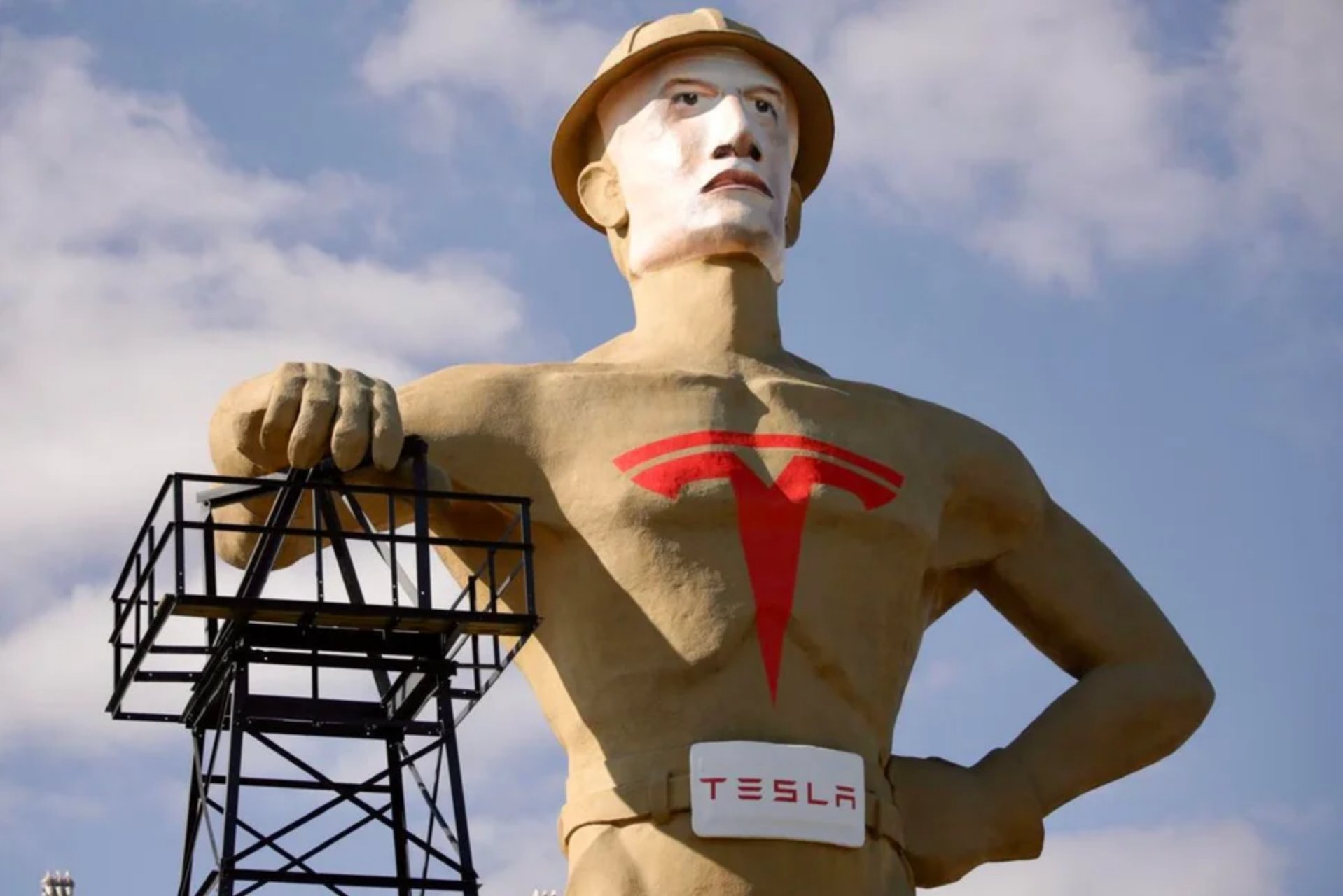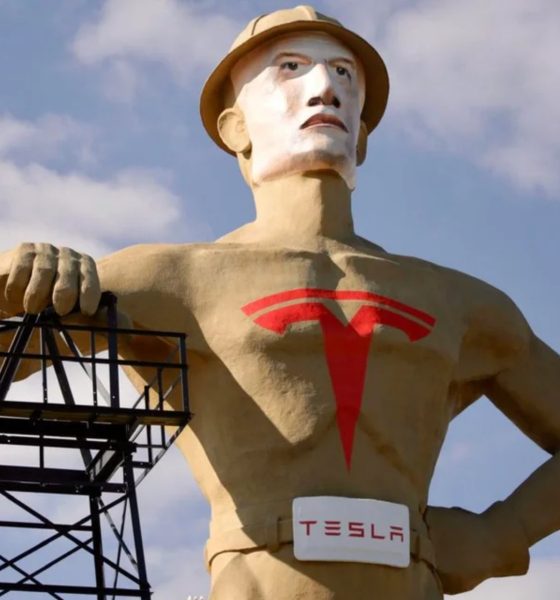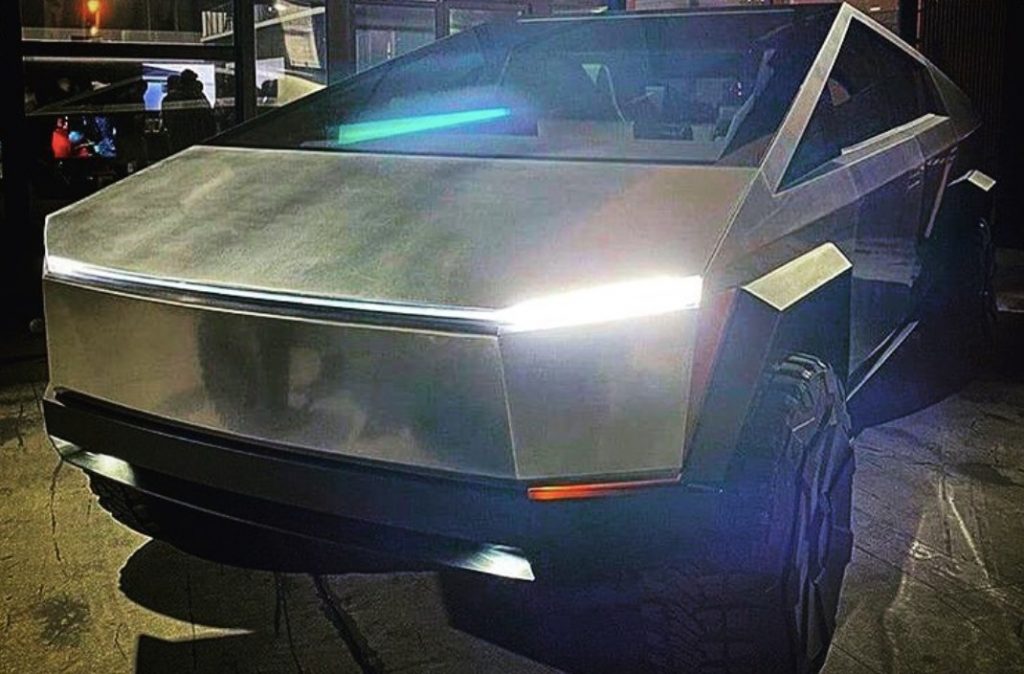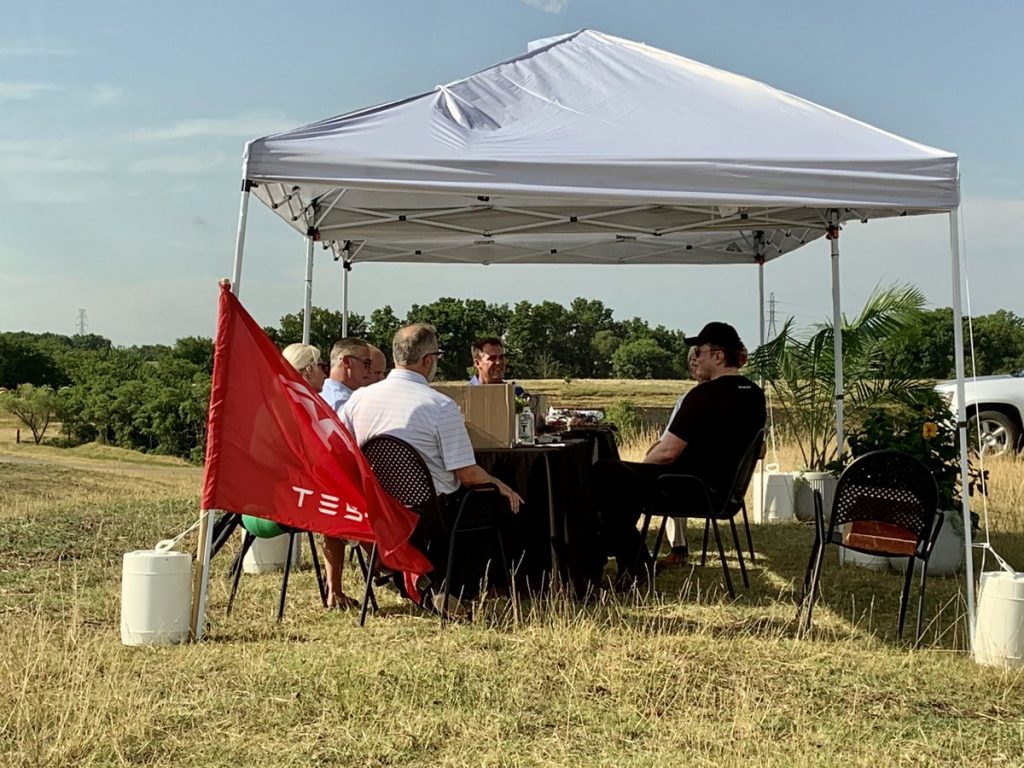

News
Tesla Cybertruck factory: Tulsa’s underdog campaign is giving Austin’s bid a run for its money
The site of Tesla’s Cybertruck Gigafactory has not been finalized yet, though reports suggest that there are now only two cities under consideration: Austin, Texas and Tulsa, Oklahoma. Between the two cities, it initially appeared that Austin may be a shoe-in for the electric car maker considering Texas’ ties with SpaceX, Musk’s private space venture. But if there is something that has become evident in recent weeks, it is the fact that Tulsa, Oklahoma will not give up its shot to net Tesla’s next factory without a fight.
The final decision about the site of Tesla’s next electric vehicle factory is expected to be related in a few weeks, perhaps during the company’s upcoming second quarter earnings call. As the days count down to the fateful date, the Tulsa vs Austin race is heating up, with the underdog from Oklahoma seemingly gaining some momentum against Austin, which seems to be encountering some speed bumps in its efforts to secure the Cybertruck Gigafactory.
Travis County, which is home to Austin, is expected to vote this week on a portion of 10 year tax rebates that total over $65 million. However, not everything is going smoothly. Similar to its experience in Gigafactory Berlin, Tesla’s impending arrival has received resistance from a number of local groups. Doing a hearing with the Travis County Commissioners Court last week, for example, representatives from local churches, workers groups, and unions, expressed their concerns about the electric car maker and its proposed incentives.

These issues, at least for now, do not seem to be present at Tulsa. As noted in a Reuters report, Oklahoma has signed a nondisclosure agreement about its incentives package for Tesla, though Commerce Secretary Sean Kouplen noted that its bid is comparable and at parts even better than Austin’s. The bid includes business and personal tax breaks, and most of them are already guaranteed under state law. This meant that the approval of the incentives in Tulsa will not require the kinds of public votes that have already caused several delays in Austin.
And this is just the tip of the iceberg. Online, the city’s Big F*cking Field Twitter account is on high gear, and all over Tulsa, Tesla fever has pretty much set in. Tulsa’s famous Golden Driller statue has been fitted with a Tesla logo on its chest and a face that eerily resembles CEO Elon Musk. The city has also secured thousands of signatures from engineers who have pledged to move to Tulsa if Tesla decides to set up shop in the city. Local retailers have caught the Tesla bug as well. In a statement to the publication, Kouplen noted that his children came home the other day with a photo of a Tesla-themed snow cone, and a local pizzeria has pledged to give away free pizzas for the city’s would-be Tesla employees.
“The response here continues to be overwhelming. In the time that we’re in, having something positive to hold on to or grab is really making a difference,” Kouplen said.

Quite interestingly, Tesla appeared to have been set on Austin for the site of its Cybertruck Gigafactory. But following reports last month that the company had purchased land in Texas, CEO Elon Musk clarified that Tesla has not made a final decision yet. With this, Tulsa seemed to have put the pedal to the metal, culminating in Musk actually visiting the city earlier this month and being hosted by Oklahoma officials at a massive field that would be the potential site of the upcoming factory. Pictures of the meeting, which featured the CEO candidly speaking with officials, were shared online by Oklahoma Governor Kevin Stitt.
Oklahoma officials were scheduled to make their pitch to dozens of Tesla executives in a Zoom call on Monday afternoon. Regardless of the results of this, however, one cannot deny the admirable grassroots push that Tulsa has done to make it this far in the race for the Cybertruck Gigafactory. In a previous comment, Kouplen noted that even if Tulsa loses to Austin this time around, it does not mean that the city will never get a Tesla facility. “This won’t be the last factory they build or the last investment they make. We’re building a relationship with Tesla that will continue regardless of what happens this time,” Kouplen said.

News
Tesla starts showing how FSD will change lives in Europe
Local officials tested the system on narrow country roads and were impressed by FSD’s smooth, human-like driving, with some calling the service a game-changer for everyday life in areas that are far from urban centers.

Tesla has launched Europe’s first public shuttle service using Full Self-Driving (Supervised) in the rural Eifelkreis Bitburg-Prüm region of Germany, demonstrating how the technology can restore independence and mobility for people who struggle with limited transport options.
Local officials tested the system on narrow country roads and were impressed by FSD’s smooth, human-like driving, with some calling the service a game-changer for everyday life in areas that are far from urban centers.
Officials see real impact on rural residents
Arzfeld Mayor Johannes Kuhl and District Administrator Andreas Kruppert personally tested the Tesla shuttle service. This allowed them to see just how well FSD navigated winding lanes and rural roads confidently. Kruppert said, “Autonomous driving sounds like science fiction to many, but we simply see here that it works totally well in rural regions too.” Kuhl, for his part, also noted that FSD “feels like a very experienced driver.”
The pilot complements the area’s “Citizen Bus” program, which provides on-demand rides for elderly residents who can no longer drive themselves. Tesla Europe shared a video of a demonstration of the service, highlighting how FSD gives people their freedom back, even in places where public transport is not as prevalent.
What the Ministry for Economic Affairs and Transport says
Rhineland-Palatinate’s Minister Daniela Schmitt supported the project, praising the collaboration that made this “first of its kind in Europe” possible. As per the ministry, the rural rollout for the service shows FSD’s potential beyond major cities, and it delivers tangible benefits like grocery runs, doctor visits, and social connections for isolated residents.
“Reliable and flexible mobility is especially vital in rural areas. With the launch of a shuttle service using self-driving vehicles (FSD supervised) by Tesla in the Eifelkreis Bitburg-Prüm, an innovative pilot project is now getting underway that complements local community bus services. It is the first project of its kind in Europe.
“The result is a real gain for rural mobility: greater accessibility, more flexibility and tangible benefits for everyday life. A strong signal for innovation, cooperation and future-oriented mobility beyond urban centers,” the ministry wrote in a LinkedIn post.
News
Tesla China quietly posts Robotaxi-related job listing
Tesla China is currently seeking a Low Voltage Electrical Engineer to work on circuit board design for the company’s autonomous vehicles.

Tesla has posted a new job listing in Shanghai explicitly tied to its Robotaxi program, fueling speculation that the company is preparing to launch its dedicated autonomous ride-hailing service in China.
As noted in the listing, Tesla China is currently seeking a Low Voltage Electrical Engineer to work on circuit board design for the company’s autonomous vehicles.
Robotaxi-specific role
The listing, which was shared on social media platform X by industry watcher @tslaming, suggested that Tesla China is looking to fill the role urgently. The job listing itself specifically mentions that the person hired for the role will be working on the Low Voltage Hardware team, which would design the circuit boards that would serve as the nervous system of the Robotaxi.
Key tasks for the role, as indicated in the job listing, include collaboration with PCB layout, firmware, mechanical, program management, and validation teams, among other responsibilities. The role is based in Shanghai.
China Robotaxi launch
China represents a massive potential market for robotaxis, with its dense urban centers and supportive policies in select cities. Tesla has limited permission to roll out FSD in the country, though despite this, its vehicles have been hailed as among the best in the market when it comes to autonomous features. So far, at least, it appears that China supports Tesla’s FSD and Robotaxi rollout.
This was hinted at in November, when Tesla brought the Cybercab to the 8th China International Import Expo (CIIE) in Shanghai, marking the first time that the autonomous two-seater was brought to the Asia-Pacific region. The vehicle, despite not having a release date in China, received a significant amount of interest among the event’s attendees.
Elon Musk
Elon Musk and Tesla AI Director share insights after empty driver seat Robotaxi rides
The executives’ unoccupied tests hint at the rapid progress of Tesla’s unsupervised Robotaxi efforts.

Tesla CEO Elon Musk and AI Director Ashok Elluswamy celebrated Christmas Eve by sharing personal experiences with Robotaxi vehicles that had no safety monitor or occupant in the driver’s seat. Musk described the system’s “perfect driving” around Austin, while Elluswamy posted video from the back seat, calling it “an amazing experience.”
The executives’ unoccupied tests hint at the rapid progress of Tesla’s unsupervised Robotaxi efforts.
Elon and Ashok’s firsthand Robotaxi insights
Prior to Musk and the Tesla AI Director’s posts, sightings of unmanned Teslas navigating public roads were widely shared on social media. One such vehicle was spotted in Austin, Texas, which Elon Musk acknowleged by stating that “Testing is underway with no occupants in the car.”
Based on his Christmas Eve post, Musk seemed to have tested an unmanned Tesla himself. “A Tesla with no safety monitor in the car and me sitting in the passenger seat took me all around Austin on Sunday with perfect driving,” Musk wrote in his post.
Elluswamy responded with a 2-minute video showing himself in the rear of an unmanned Tesla. The video featured the vehicle’s empty front seats, as well as its smooth handling through real-world traffic. He captioned his video with the words, “It’s an amazing experience!”
Towards Unsupervised operations
During an xAI Hackathon earlier this month, Elon Musk mentioned that Tesla owed be removing Safety Monitors from its Robotaxis in Austin in just three weeks. “Unsupervised is pretty much solved at this point. So there will be Tesla Robotaxis operating in Austin with no one in them. Not even anyone in the passenger seat in about three weeks,” he said. Musk echoed similar estimates at the 2025 Annual Shareholder Meeting and the Q3 2025 earnings call.
Considering the insights that were posted Musk and Elluswamy, it does appear that Tesla is working hard towards operating its Robotaxis with no safety monitors. This is quite impressive considering that the service was launched just earlier this year.








